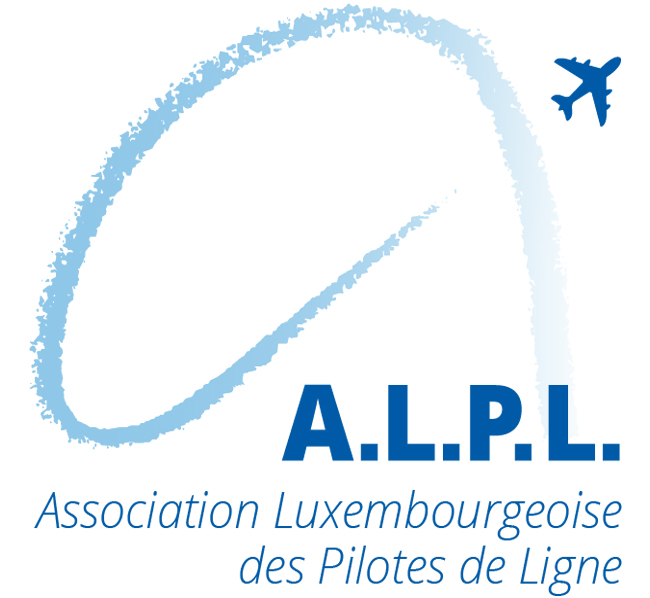Have you ever checked your watch halfway through a long day at work, wishing it was over, turned to your co-worker, and with a smile discovered they had nodded off at their desk?
Rather a lot of Europe’s pilots have too, though probably without the smile.
In February 2016, after over a decade of false starts and wrangling, pilots and cabin crew throughout Europe finally became subject to a single harmonised set of rules to limit the way in which flights can be scheduled and crewed. These Flight Time Limitations (FTL) are supposed to prevent aircrew fatigue that could endanger the safety of an aircraft, its passengers and crew.
Three years later, the lived experience of nearly every professional pilot in Europe would suggest that the rules certainly achieved half the stated aim – we are now harmonised, in that we all experience high levels of fatigue in routine scheduled operations…
A key part of that regulation was a requirement mandated by the European Parliament in the face of evidence that the original rules exceeded the recommendations of fatigue scientists in a number of areas. It required a scientific study to be undertaken, examining six areas where there was a concern about fatigue risks under the new regulation. That study was to report back within three years (i.e. now) and drive updates to the regulation in the light of operational experience.




